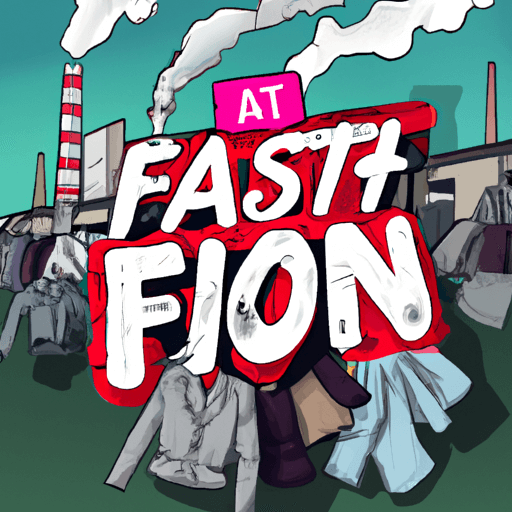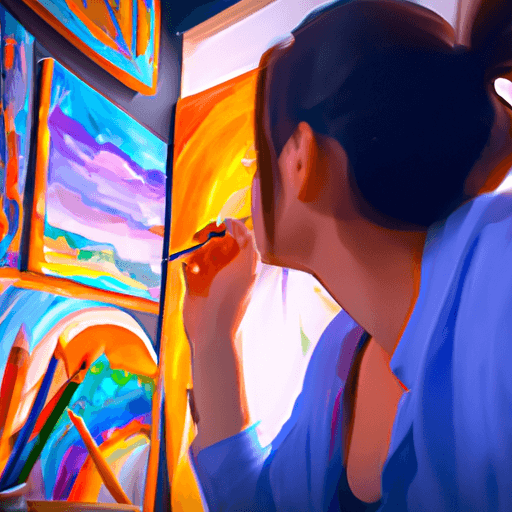Exploring The Impact of Street Art on Urban Communities
Street art is a visual practice that has dramatically evolved over the years and has increasingly caught the attention of scholars, artists and urban planners. Through its aesthetic inclusion and democratic nature, street art plays a significant role in shaping the character of urban neighborhoods and instigating social dynamics. However, the impact of street art on urban communities is a complex issue, bearing both positive and negative aspects.
Impact on Cultural Identity and Social Dynamics
Street art shapes uniquely diverse cultural landscapes. It symbolizes community sentiments, records local history, and reflects topical issues indicative of differing public moods. In cities like Bogota, Colombia, street art displays historical narratives and political dissent. Hence, street art can play a pivotal role in nurturing cultural identity while promoting social dialogue and cohesion.
However, despite its positive aspects, street art can sometimes uphold divisive ideologies and can be perceived as vandalism, leading to social tension. For instance, in Palermo, Italy, some local communities feel alienated by the street art practices that, although serving as a tourist attraction, disrupt the traditional aesthetic of the neighborhood.
Economic Impacts of Street Art
Areas enriched with street art often attract tourists and subsequent economic benefits. Bristol, England home to the renowned street artist Banksy, stands as a potent example. Street art galleries, tours, and festivals contribute significantly to the local economy. Furthermore, street art's role in urban regeneration is undeniable. It can rejuvenate neglected spaces and stimulate commercial interest, resulting in increased property value.
However, this economic boost may inadvertently contribute to gentrification. The influx of wealthier inhabitants attracted by the 'cool' aesthetic may result in displacing the original inhabitants and altering the area’s socio-economic mix. Berlin, a globally recognized street art hub, has experienced this phenomenon in districts like Kreuzberg and Friedrichshain, wherein property prices boosted significantly post their street-art-led transformation.
Street Art: A Tool for Urban Regeneration
Street art can play a crucial role in urban regeneration and renewal, resulting in vibrant, attractive communities. Philadelphia's Mural Arts Program serves as a successful example. Since 1984, the program has produced over 3,600 murals throughout the city, fostering community engagement and reducing vandalism.
Conclusion
Street art has profound influences on urban communities, shaping cultural identity, and the social, economic landscape. While it can serve as a creative catalyst for community engagement, economic growth, and urban regeneration, it can also inadvertently contribute to gentrification and social tension.
Understanding this complexity is crucial to leverage the potential of street art effectively, ensuring it fosters inclusive development and conversation rather than division and displacement. Engaging the local communities in the inception, creation, and interpretation of these artworks can help address some of these challenges and ensure they are for the benefit of residents as well as out-of-town visitors.


















Comments
Leave a Comment